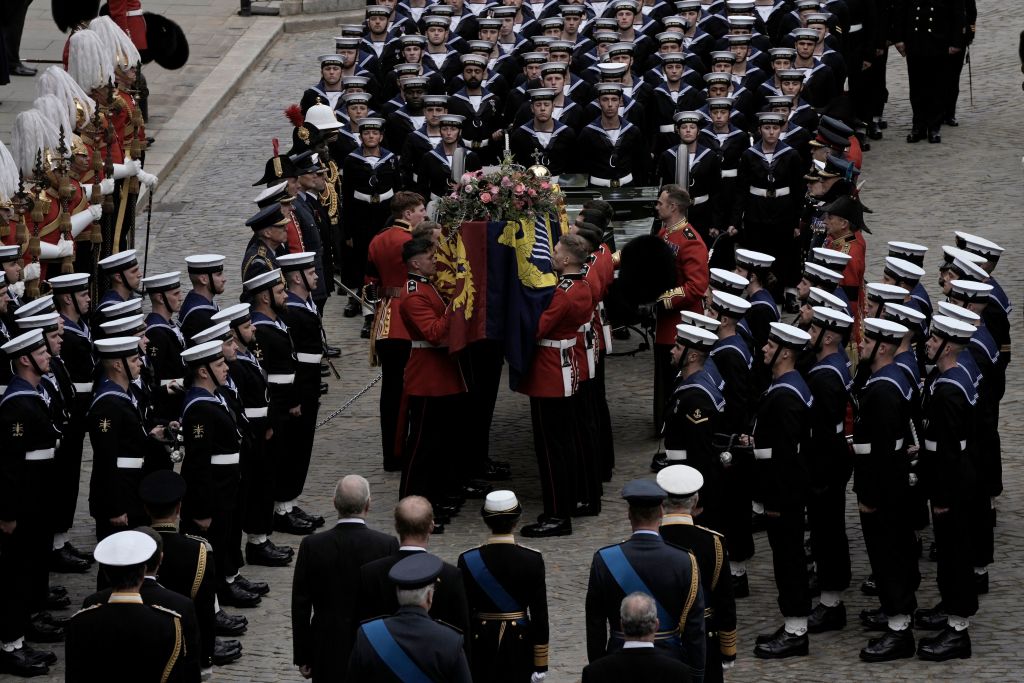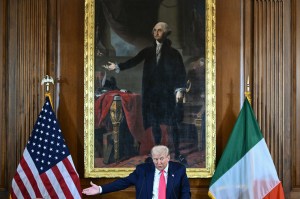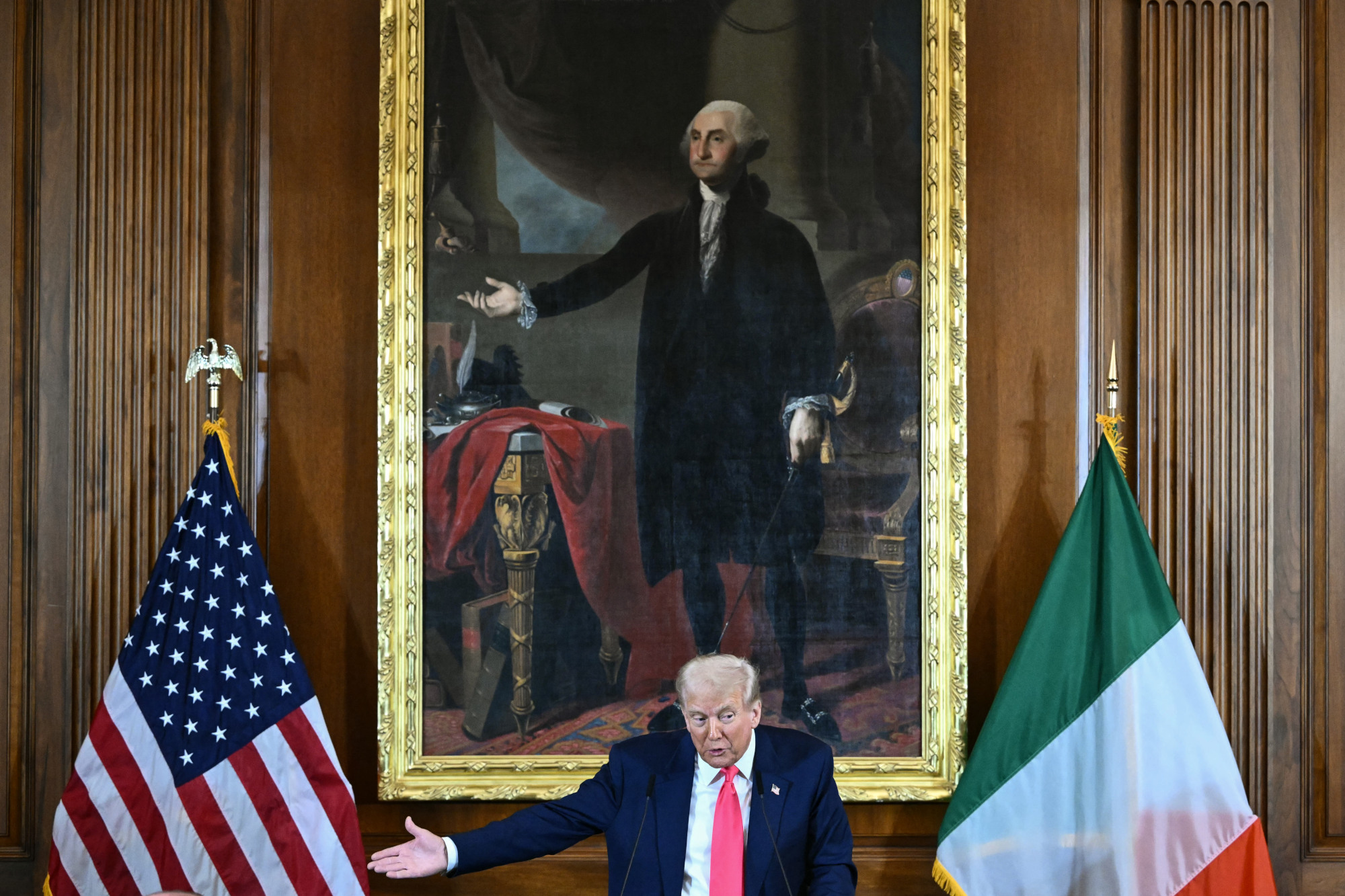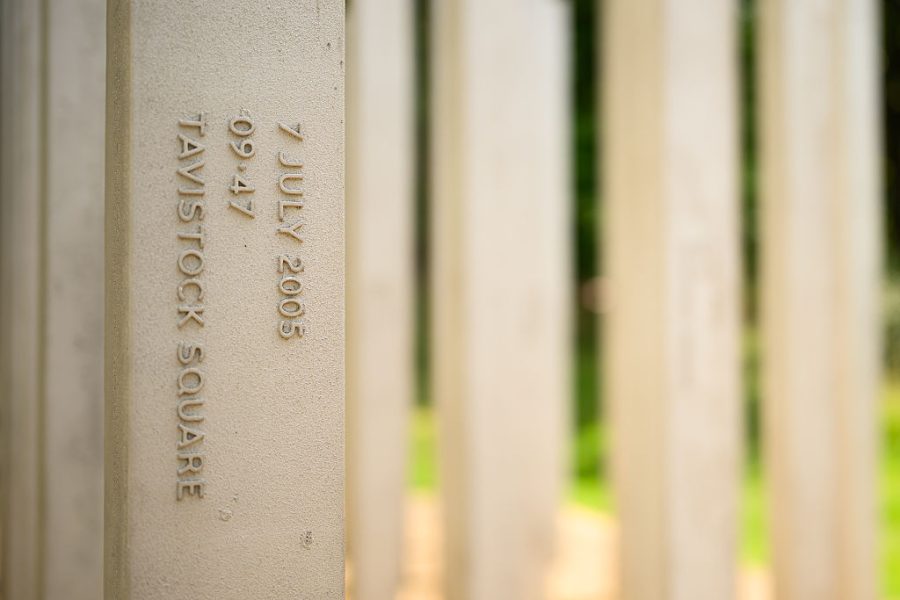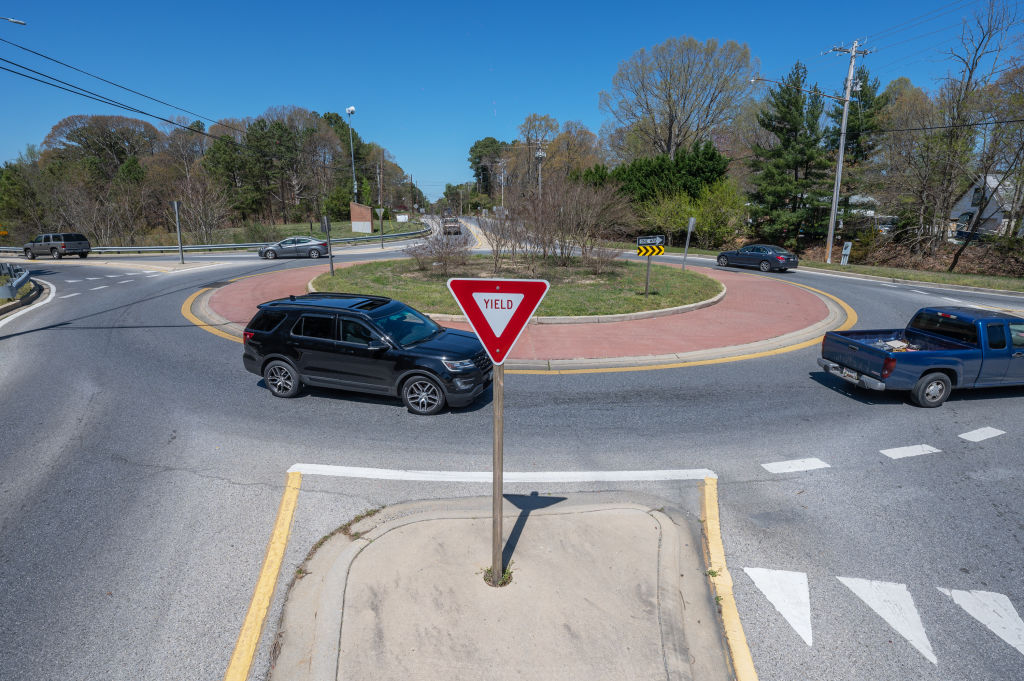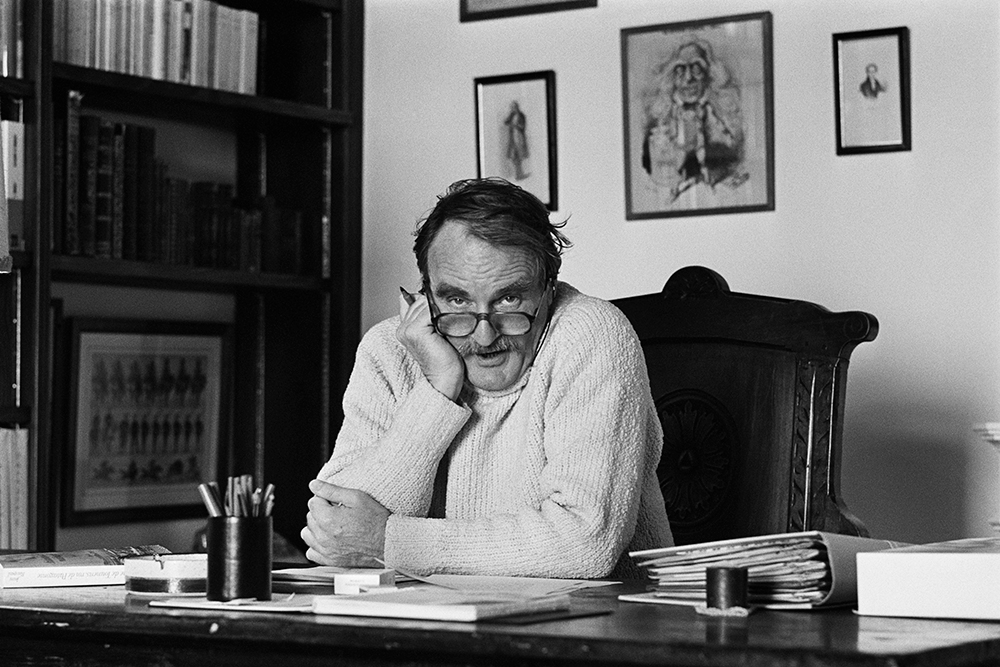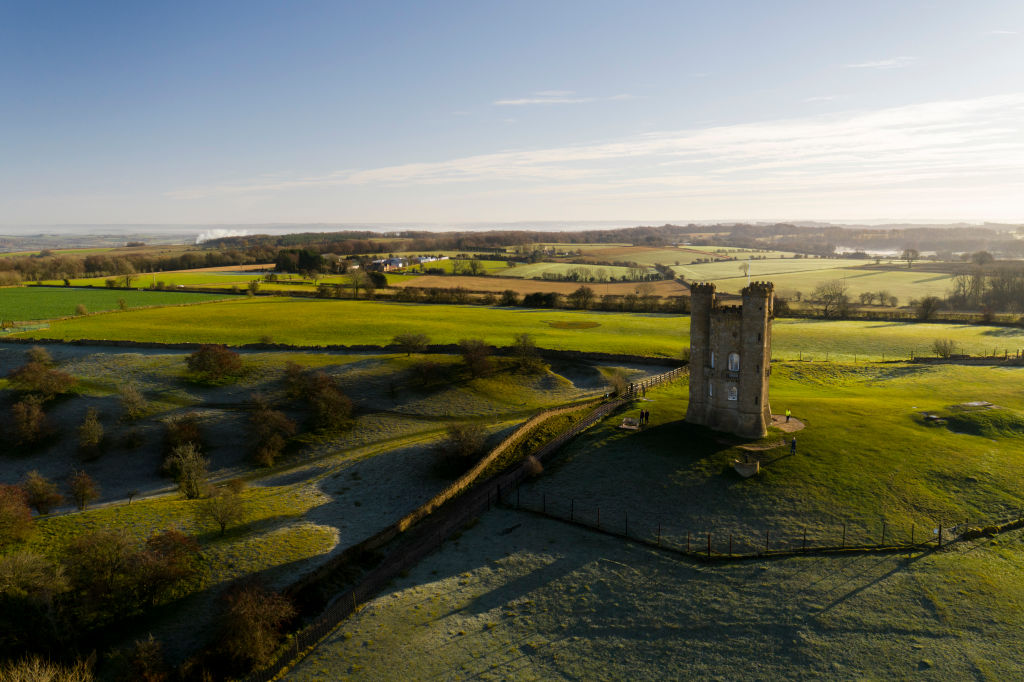State funerals say a lot about the country in which they take place — and one of the things in which Britain still indisputably leads the world are the magnificent final farewells that it arranges for its leaders.
How very different are some of the send-offs seen in less fortunate lands. When Stalin died in 1953, hundreds, possibly thousands, were added to the toll of his victims when they were fatally crushed lining up in Moscow to view the dead Soviet dictator. In 1989, after the death of Ayatollah Khomeini in revolutionary Iran, the chaotic funeral culminated in the dead Supreme Leader’s body actually falling out of its coffin, while Revolutionary Guards fired into the crowd of more than a million mourners, killing at least eight. In Britain, in stark contrast, the funerary rituals are so meticulously planned and rehearsed that it seems shocking and makes headlines if a lone anti-monarchist shouts a disobliging comment or holds up a blank placard.
The prolonged obsequies for her late Majesty Queen Elizabeth — while unique in their scale and duration as befitting our longest reigning and most beloved monarch — are typical of the phenomenon. The gorgeous red uniforms, the thrilling throb of the beating drums, the slow tolling of Big Ben, the measured tread of the marching guardsmen, the dignity of the watching crowds and grieving family alike: all these are essential elements in the theater of mourning which Britain does so well.
Queen Elizabeth is often compared to her great-great-grandmother Queen Victoria. But ironically the elaborate funeral ceremonies put on by the much shrunken kingdom of today far outdo the relatively modest royal rites accorded to “the grandmother of Europe,” who reigned over an “Empire on which the sun never set” comprising one quarter of the entire globe.
When Victoria passed away in 1901 she was at her Italianate holiday home Osborne House on the Isle of Wight. Her body was brought to the mainland aboard the royal yacht Alberta and taken by train to the London station named in her honor, from where it was simply transferred to Paddington station for the short rail journey to Windsor and internment in St. George’s Chapel. Fittingly, considering that her reign had seen the expansion of railways across her realm and Empire, the Queen made her last journey by rail.
Notoriously, Victoria spent the latter half of her reign dressed in black widow’s weeds in prolonged mourning for her beloved husband Prince Albert. Black was not, however, the color she chose for her own funeral which she had personally planned. Her body was clad in white, her coffin was shrouded in white, and the coffin itself was cluttered with personal mementoes, including a plaster cast of Albert’s hand, a lock of hair from her faithful Scottish servant John Brown, and even the gold wedding ring of Brown’s mother.
A decade later, Victoria’s son and successor King Edward VII died at Buckingham Palace just after learning that one of his horses had won the Derby. It was Edward’s funeral that set the model for royal funerals since. Where Victoria’s funeral had been an essentially private family affair attended by the crowned heads of nearly every European nation — most of whom were her relatives — Edward’s passing was played out in public.
In scenes exactly echoed this week, the king’s body was drawn from the palace to lie in state for four days in Westminster Hall. Crowds estimated at up to five million flooded the capital, policed by 35,000 officers, and the nine reigning European kings attending the funeral were joined by political leaders from seventy countries. By a savage irony, within another decade many of those monarchies were swept away by the cataclysmic Great War. But the British monarchy serenely sailed on: a symbol of stability and continuity reflecting the country that it ruled that would last for another century.
How galling it must be for the small minority of whingeing denigrators, that not only do the people turn out in their millions to pay tribute to their departed Queen, but the world’s leaders follow them too. The little island some detractors deem as “isolated” or “irrelevant” today plays host to a wide world that can only envy the values that our late Queen embodied so superbly.
This article was originally published on The Spectator’s UK website.



